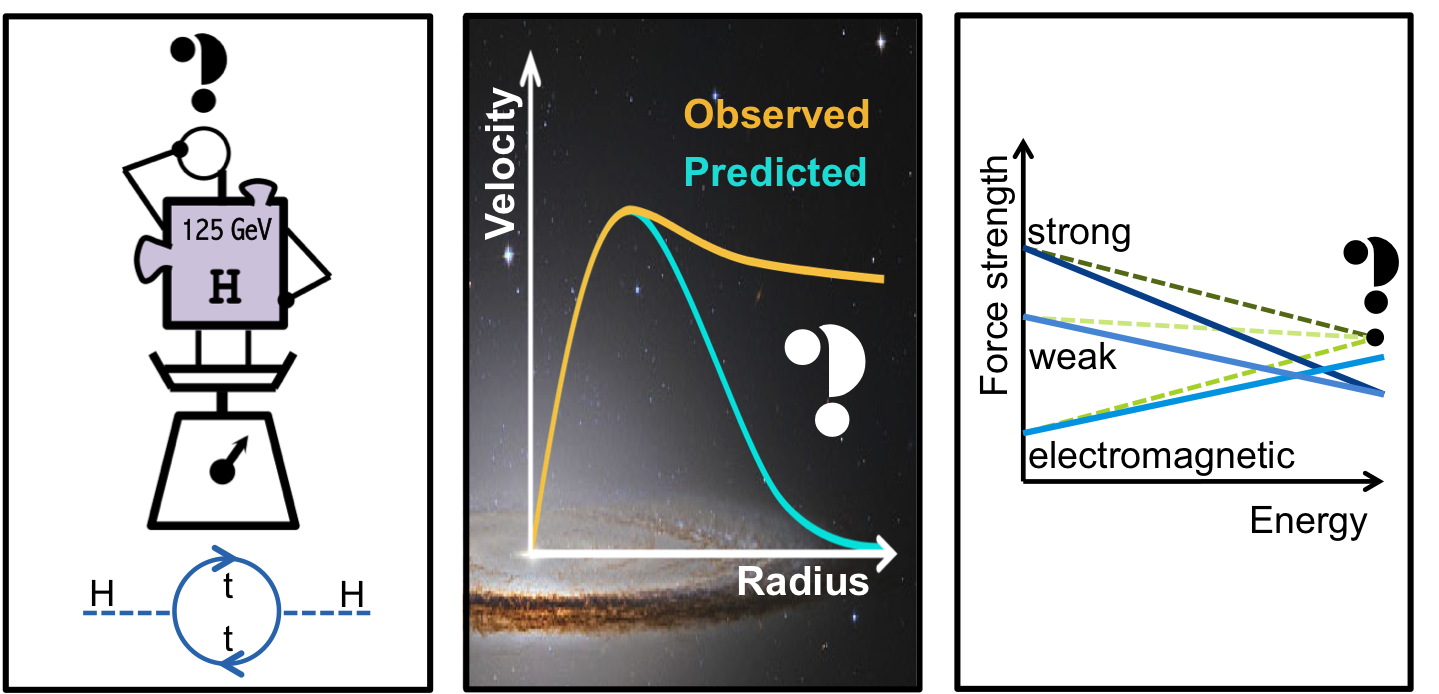Physics in the LHC era
Since 2009, the CERN Large Hadron Collider (LHC) has been at the center of attention in the world of collider high-energy physics. The initial data-taking of the LHC was concluded early in 2013, having provided the two general-purpose experiments, ATLAS and CMS, with about 25/fb of p-p collision data at the center-of-mass energy of 7 TeV in 2011 and 8 TeV in 2012. A first long shutdown followed, allowing the accelerator complex to undergo several developments for the LHC to operate at a center-of-mass energy closer to the design one of 14 TeV and the experiments to prepare for more challenging operational conditions. The LHC resumed data-taking in June 2015 and having outperformed its design specifications it has provided about 150/fb of p-p collisions at the unprecedented center-of-mass energy of 13 TeV. These data have the potential to revolutionize our understanding of particle physics either through the direct discovery of new particles or forces, or through anomalous rates in newly accessible final states.

The last few years have been exciting for high-energy physics: the much-awaited discovery of the Higgs boson was announced in July 2012 jointly by the ATLAS and CMS collaborations. This discovery completed the Standard Model puzzle and was followed by the Nobel prize in physics awarded to Francois Englert and Peter Higgs "for the theoretical discovery of a mechanism that contributes to our understanding of the origin of mass of subatomic particles, and which recently was confirmed through the discovery of the predicted fundamental particle, by the ATLAS and CMS experiments at CERN's LHC".
Beyond the discovery of the Higgs boson, the LHC experiments have provided a plethora of Standard Model measurements, including various properties of the Higgs boson itself: mass, couplings, width and cross section, inclusive and differential. Overall, perturbative QCD calculations are doing a great job in predicting the production cross sections and other properties of jets, massive vector bosons and the Higgs boson at the LHC.
The quest for new physics
Despite its great success in describing the particle interactions and properties, the Standard Model leaves many open questions. It does not explain the mass hierarchy of the particles it predicts and why gravity is so weaker compared to the other forces. It also does not provide a candidate for the dark matter required by astrophysical and cosmological observations.

Physics beyond the Standard Model are therefore crucially required for our understanding of nature to advance. Many theories and models are suggested by the theoretical community in attempts to tackle the Standard Model open questions, and many of these can be probed with the LHC data. The discovery of new phenomena is one of the reasons the LHC was built, and many searches for these have been performed at the experiments. Regardless of the variety and ingenious methodology of these searches, no indication of new physics has been hinted yet. Instead, there has been a broad exclusion of theories, and the survivors had to evolve.
One of the best motivated extensions of the Standard Model, accessible at the LHC, is SUperSYmmetry (SUSY); it makes the hierarchy of mass scales more natural, provides an origin for the dark matter (with the Lightest Supersymmetric Particle, LSP, being a dark matter candidate) and facilitates the unification of the forces.

Despite all these motivations, direct SUSY searches at the LHC have so far not been conclusive, but have imposed tight constraints in the predicted SUSY particle masses, e.g. the SUSY partner of the gluon, gluino, is excluded up to about 2 TeV in models with a light LSP.
Although SUSY (as well as other theories beyond the Standard Model) remain elusive so far, the open questions of the Standard Model are so pressing that it is certain there is something beyond. With the increasing amount of available LHC data, we are on the right track to find what that is.
We are faced with a unique chance to make a unique discovery at the LHC, and history has taught us it may be unexpected. At the LHC experiments, we are looking forward to it.
